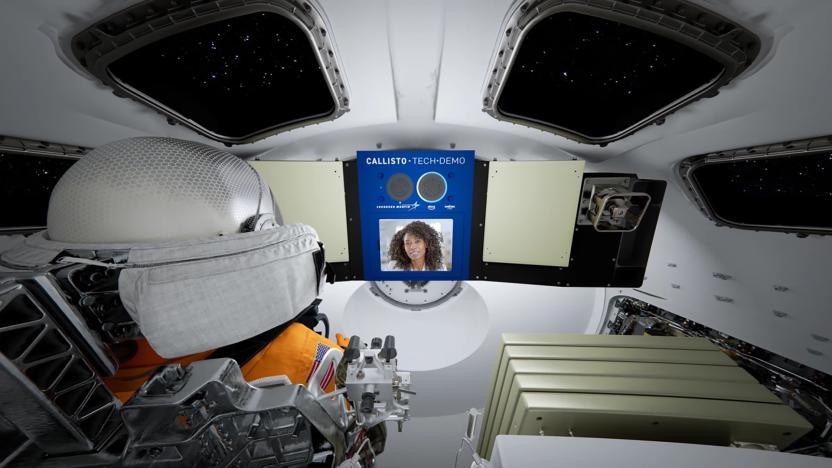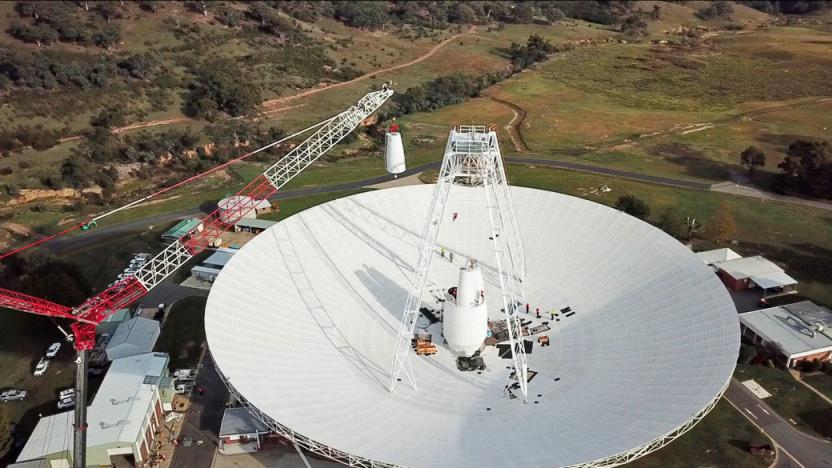Deep Space Network
Latest

NASA will test Alexa voice control aboard the Artemis I mission
Alexa will be available in space when NASA brings it aboard the Artemis I mission.

NASA contacts Voyager 2 probe for the first time since March
NASA has made contact with Voyager 2 for the first time since March thanks to an upgraded Deep Space Station 43 dish in Australia.

NASA upgrades Australia’s Deep Space Station for future missions to Mars
NASA is in the midst of upgrading Deep Space Station 43 — one of its Deep Space Network’s largest antennas located in Canberra, Australia — to prepare for future missions. The agency’s Deep Space Network is a collection of dishes that make communication with robotic spacecraft possible, and DSS 43 is the only one capable of sending commands to Voyager 2. The agency shut DSS 43 down in early March to equip it with a new X-band frequency cone, which will give it a powerful state-of-the-art transmitter system and highly sensitive receivers.

NASA's interplanetary Internet tests a success, Vint Cerf triumphs again
NASA is reporting the first successful tests of its Deep Space Network modeled after Earth's own Internet. Instead of using TCP/IP, however, the interplanetary communication network relies upon DTN (Disruption-Tolerant Networking) co-developed by none other than Google's Vinton Cerf. As such, NASA's network does not assume a continuous end-to-end connection -- if a link is lost due to solar storms or a planetary eclipse, the communication node will store the information until the connection is re-established. So, what's the big deal you rightly ask, after all, we've been (purposely) transmitting data to and from space for a half-century. As Leigh Torgerson, manager of NASA's DTN Experiment Operations Center explains it:"In space today, an operations team must manually schedule each link and generate all the commands to specify which data to send, when to send it, and where to send it. With standardized DTN, this can all be done automatically." Testing of the Deep Space Network began in October with twice-weekly communications between NASA's Epoxi spacecraft (on a mission to rendezvous with Comet Hartley 2) and nine ground-based nodes meant to simulate Mars landers, orbiters, and operation centers. The International Space Station is scheduled to join the testing next summer. Although the nature of the data transmitted wasn't specified, we can only presume that it was laced with Google ads for Mr. Lee's Greater Hong Kong.

